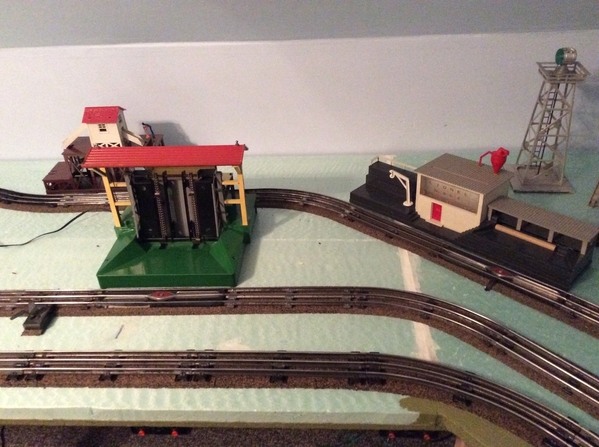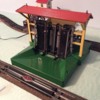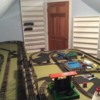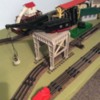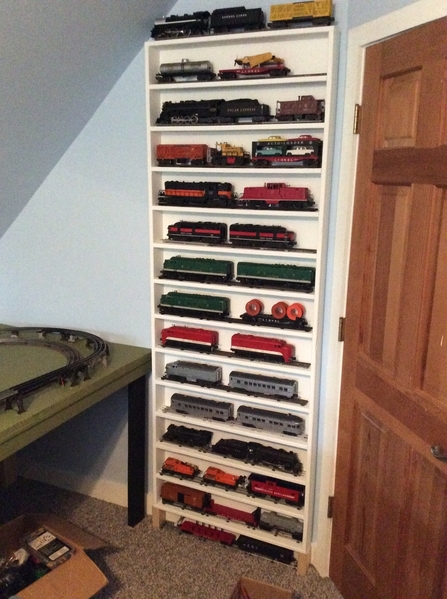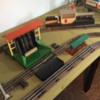Sorry, it's not a myth to me, but a trial and error experience.
And to continue on such a steadfast path is basically calling me a liar Moonman, not to mention the science behind it all, at least to some degree.
Maybe our circumstances have not been the same?
Maybe our hearing ranges differ?
Maybe the early morning words were just poorly chosen; but it comes across as accusational more than opinonated. A myth implies a lie. (Maybe I didn't claim it as experience well enough?)
I have Aspergers and couldn't write ANY fiction until I was a teen, and I still have trouble with it. I was nearly held back in school bacause of it, despite having an IQ the Feds wanted tested for think tank schooing (really I learned to plager groups of other stories and recombine them well enough to please/fool the teachers) I often tick folks off a lot because I don't think to lie, or do it so poorly I that I greatly offend them. I make acquaintances easy, but keeping friends can be hard, mostly because of lack of NT "filters" when I talk.
I would sugest the O.P. try without and then with a few, or in two similarly constructed areas to decide what works best for themselves.
I can recall the difference when we added them to GG track in 76, and since then I had let someone else convince me there was no big difference. As time washed my sureness of my first experience away, all was fine and I screwed every piece down. But the first time I pulled the screws off my present layout to add a siding and the noise was not as prevelent.... I could suddenly hear the tv in the next room. All screws except the corners came out. With no load, or a dozen cars, the engine being on the curves over the screws is when it is loudest UNDER the table. The sound makes it out of there no problem.
I suppose there is a chance at some natural sound cancelation when top sound meets bottom, but more likely is they combine to be fuller and louder.
Other noise to be added is reflective off the top. The more soft ground cover you use the quieter it is coming from the top too as this absorbs vs reflects. I noticed that when I first used fleece in the center for temp ground cover. I didn't really want to remove it but did as sparks near fleece really scared me. Later, I found a green fleece that was kind of hard to burn. That went on my tiny Christmas loop in my room. (at 30 inches square with 3/4" solid wood top, it does not have any drumming issues from screws like the big ones.
I'd guess up to 8db difference with everything going. Measuring active and ambient sound levels was part of my employment for two jobs and helping build two sound studios. I also built car audio for friends hitting up to 104db. At one job once a week things had to be measured and recorded. Another it was near daily db checks of PA systems and area static ambiances. I got pretty good at winging numerical estimation between 60-80db. Louder or quieter is pretty easy with a comparison sound like a tv, esecially when you've done it to feed yourself
I can also hear 19khz pretty well which always amazes doctors when I get hearing tests. I've taken to warning them the equipment is likely fine before we begin. I do have some trouble with soft low frequency voices, but never tried to pinpoint the frequency, it's pretty deep though.
Maybe it is the thickness of your tabletops? Maybe you are taller and underlayout noise doesn't affect as much? Maybe you have had better skirting preventing you from noticing?
I also recall lots of folks saying there is no difference between Fastrack and tubular, etc.. Some folk can't hear it, but there is a difference. It seems it may be more of a frequency difference than total volume change (Thats the test I'd really like my equipment back for)
On screwing down turnouts, mine are midway along my straights, I corraled those turnouts and leave the straights bare, so I guess it's just a different means to the same end. An advantage is I can pull one turnout screw and remove it easily on my table layout.. but on the ceiling, the turnouts actually are too close to edge and I used the track to hold the turnout. Disadvantage is covering the screw heads with lichen. The yard lead has one screw, two turnouts & track floats free... oh, the stubs have one under the bumpers...3 total. I was just curious if there was a reason I hadn't considered.



















